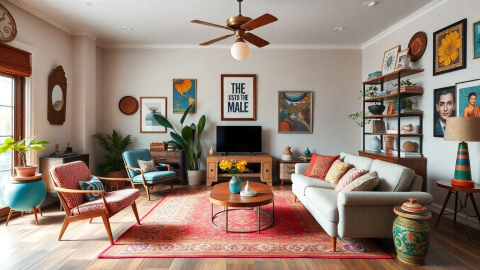Inspiring Modern Home Office Design for 2024: A Comprehensive Guide
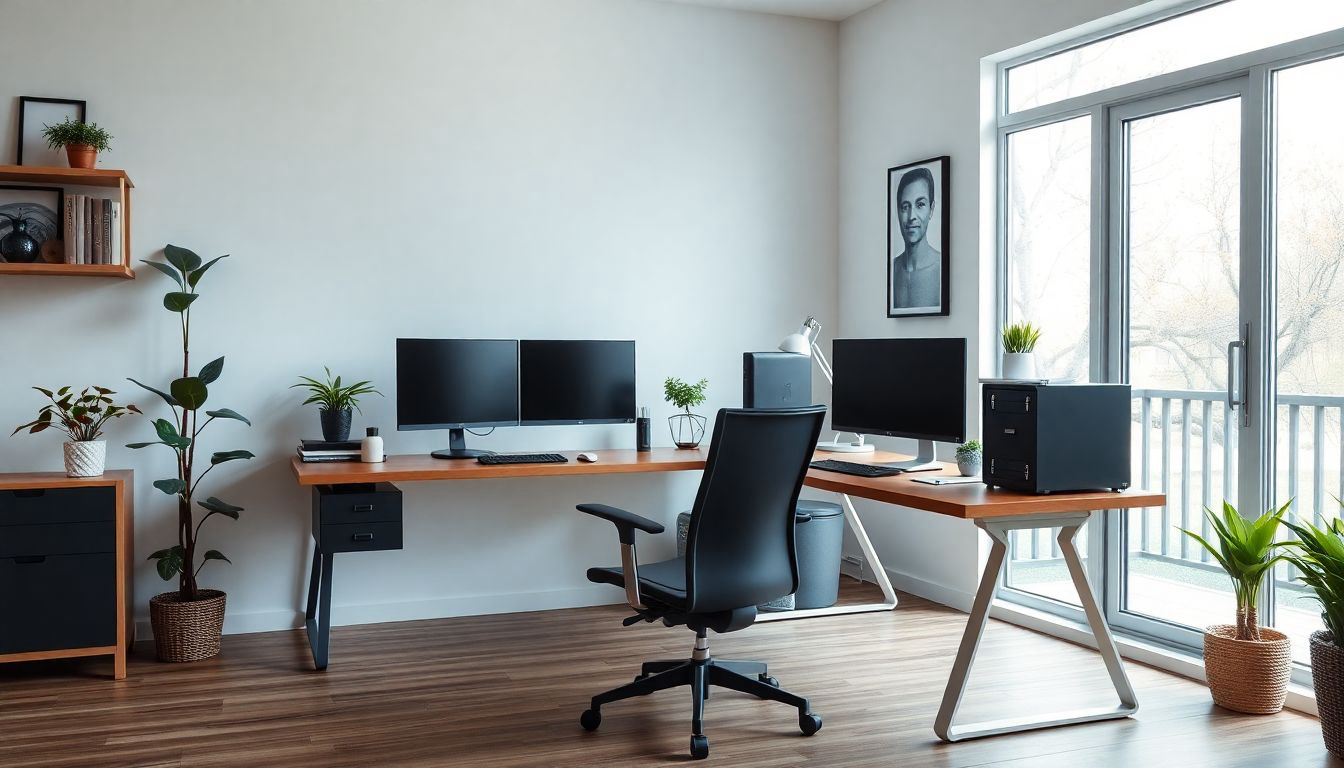
As remote work continues to shape our daily lives, the importance of a well-designed home office has never been more evident. According to a survey by Business Insider, 80% of remote workers report that their productivity and overall well-being are directly impacted by their home office environment. This statistic underscores the critical role that our workspaces play in our professional lives, not just as a place to work but as a sanctuary for creativity and focus. In this comprehensive guide, we'll explore the latest trends, ergonomic considerations, and personalization strategies to create a home office that not only meets the demands of modern work but also inspires and motivates.
The Power of Ergonomics
Ergonomics isn't just about comfort; it's about optimizing your health and productivity. Jonathan Puleio, an ergonomist from Humanscale Consulting, emphasizes the importance of aligning your desk with your natural elbow height to prevent strain. He suggests that the ideal desk height should be at or slightly below your elbow when your arms are relaxed by your sides. This alignment ensures that your posture remains neutral, reducing the risk of back pain, neck strain, and other musculoskeletal issues that can arise from prolonged sitting.
Moreover, Puleio advocates for chairs that promote movement. He explains, "You're actually lubricating the discs of the spine," highlighting the need for chairs that allow for reclining and changing positions. This dynamic seating approach not only supports physical health but also keeps the mind engaged and less prone to fatigue. By investing in ergonomic furniture, you're not just setting up a workspace; you're investing in your long-term health and work efficiency.
Lighting: The Key to Clarity and Mood
Lighting in a home office is not merely about visibility; it's about creating an environment that enhances mood and productivity. According to the insights from Business Insider, improper lighting can lead to eye strain, headaches, and even blurred vision. To combat these issues, Puleio recommends balancing ambient light with task lighting. Ambient light should be soft and not exceed 25 foot-candles, while task lighting, such as a seven-watt LED, should provide focused illumination for your work area.
Furthermore, the integration of natural light into your office setup can significantly boost your well-being. Studies referenced in the article from Elle Decor show that access to natural light and views of nature can increase productivity by up to 15%. This connection to the outdoors through windows or even biophilic design elements like plants can make a substantial difference in how you feel and perform at work.
Personalization: Your Space, Your Style
Your home office should reflect your personality and inspire you to do your best work. As highlighted in the article from An Affair With Color, personalization is key. Whether it's through vibrant hues, unique artwork, or a collection of plants, making your workspace a reflection of you can enhance motivation and creativity. For instance, using a corner nook with tropical wallpaper or setting up a desk with a view can transform a mundane space into an inspiring retreat.
Additionally, the article from Elle Decor provides a plethora of examples where personalization goes beyond aesthetics. From a train-themed office that moves along a track to a cozy nook with botanical wallpaper, these spaces are designed to not only function as work areas but also as personal sanctuaries where creativity can flourish. Personal touches like these not only make the space more enjoyable but also help in reducing the mental fatigue associated with long hours of work.
Technology Integration for Seamless Work
Modern home office design isn't complete without considering the integration of technology. The article from Business Insider discusses the pitfalls of using laptop keyboards and touchpads for extended periods, advocating for external monitors, keyboards, and mice. This setup not only improves ergonomics but also enhances workflow efficiency. Technology should be seamlessly integrated into your office to minimize clutter and maximize productivity.
Moreover, smart technology can further optimize your workspace. From smart lighting systems that adjust to the time of day to voice-activated assistants that can manage your schedule or control your office environment, technology can make your home office not just a place to work but a smart, adaptive space that caters to your needs throughout the day.
Conclusion: Crafting Your Ideal Workspace
The modern home office is more than a place to work; it's a reflection of who you are and how you work best. By focusing on ergonomics, lighting, personalization, and technology integration, you can create a space that not only meets the functional demands of remote work but also uplifts your spirit and boosts your productivity. As we move forward into 2024, let's embrace these design principles to craft workspaces that inspire, motivate, and nurture our professional growth.
Remember, your home office is your sanctuary. Make it a place where you can thrive, not just survive, in the evolving landscape of work.
References
- "Your guide to setting up the ultimate home office in 2024" by Lakshmi Varanasi (Business Insider)
- "Rethinking home office" by An Affair With Color (An Affair With Color)
- "25 Small Home Office Ideas That'll Make You Feel Like a TOTAL Boss" (Elle Decor)
More Articles
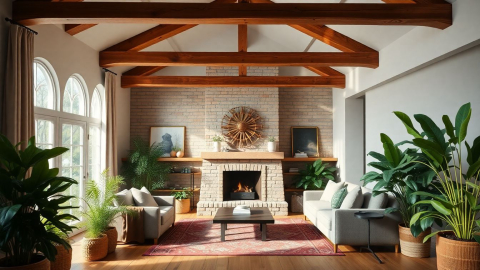
The Timeless Charm of English Countryside Interior Design
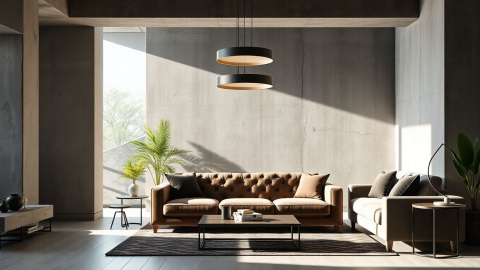
Brutalist Interior Design: From Concrete Jungle to Cozy Haven
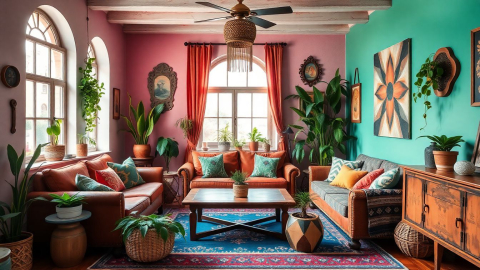
Embracing the Boho Spirit: A Comprehensive Guide to Bohemian Interior Design
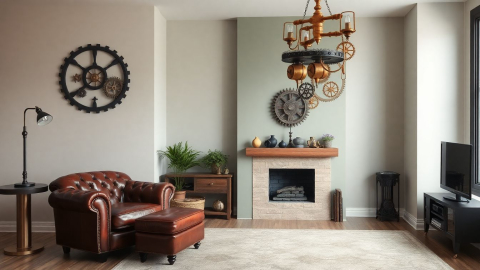
Steampunk Interior Design: Where Victorian Elegance Meets Mad Science
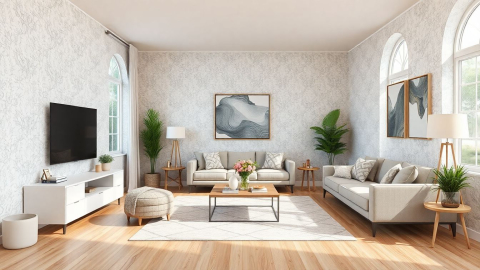
Revolutionizing Interior Design: Harnessing the Power of AI for Stunning Spaces
